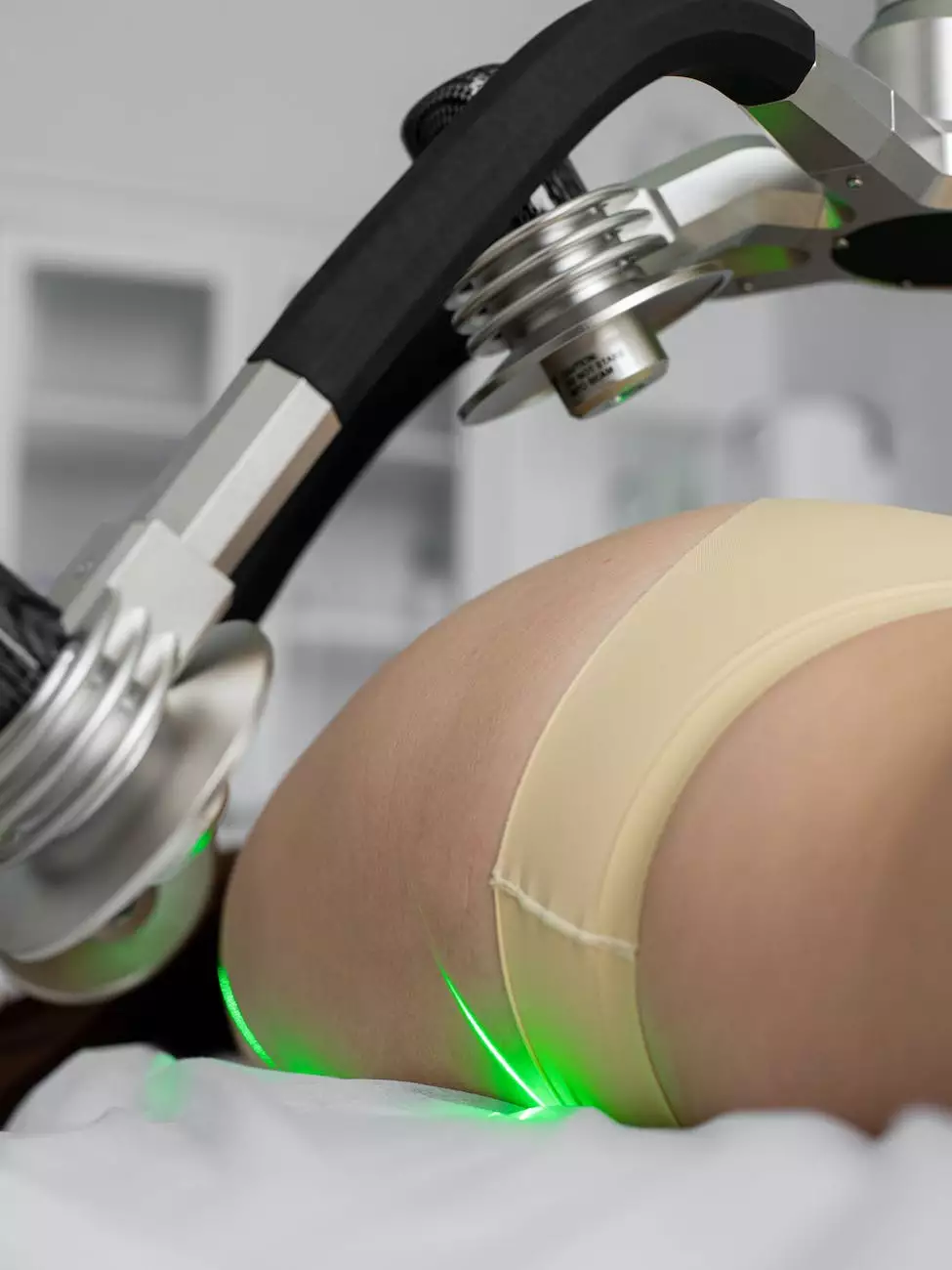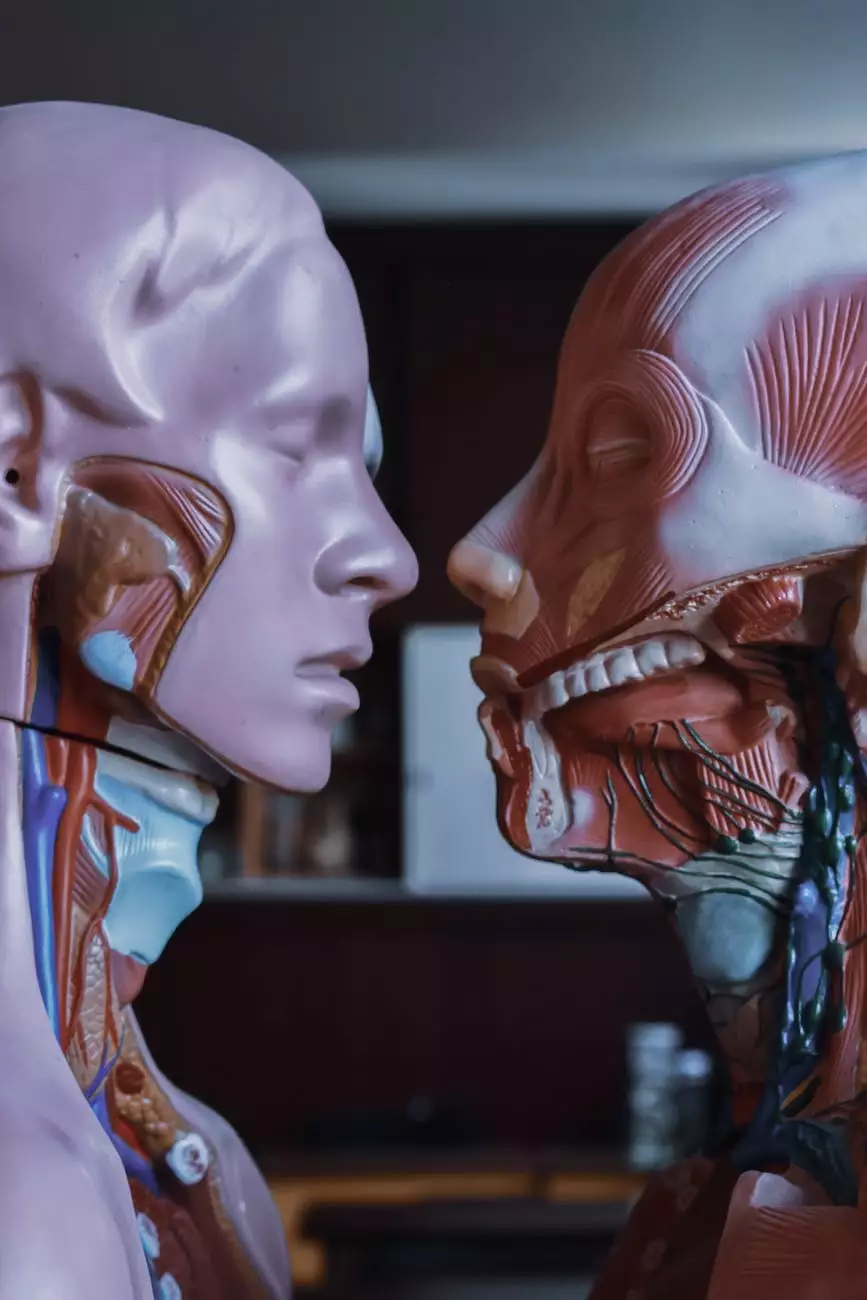Understanding Slipped Capital Femoral Epiphysis

Welcome to Body Fusion, your trusted source for information on various injuries and conditions. In this article, we will delve into the details of a common pediatric issue known as Slipped Capital Femoral Epiphysis (SCFE). We understand the importance of providing you with comprehensive information that will assist you in your journey towards better health.
What is Slipped Capital Femoral Epiphysis?
Slipped Capital Femoral Epiphysis is a condition that primarily affects adolescents, usually occurring during their growth spurts. It involves the displacement of the ball at the upper end of the thigh bone (femur) from the hip socket due to an abnormality at the growth plate.
SCFE can be classified into two types: stable and unstable. In stable SCFE, the patient is still able to bear weight on the affected leg, while in unstable SCFE, the patient experiences difficulties in weight-bearing.
Causes and Risk Factors
The exact cause of SCFE is not yet fully understood. However, several factors may contribute to its development, including:
- Obesity: Excessive weight can put additional stress on the hip joint, increasing the risk of the femoral head slipping.
- Rapid growth: During growth spurts, bones may develop at different rates, potentially leading to an imbalance in the hip joint.
- Hormonal changes: Hormonal fluctuations during adolescence may affect the strength and stability of the hip joint.
- Genetics: Certain genetic factors may predispose individuals to SCFE.
Signs and Symptoms
Recognizing the signs and symptoms of SCFE is crucial for early detection and treatment. Common indicators include:
- Pain in the hip, knee, groin, or thigh
- Limping or difficulty walking
- Restricted range of motion in the hip joint
- An outward-rotated leg on the affected side
Diagnosis and Treatment
Diagnosing SCFE typically involves a combination of physical examinations, medical history review, and imaging tests such as X-rays or magnetic resonance imaging (MRI).
Treatment options for SCFE vary depending on the severity of the condition. Non-surgical interventions may include:
- Rest and limited weight-bearing
- Physical therapy to improve hip joint strength and flexibility
- Crutches or a wheelchair to aid mobility during the recovery process
In severe cases or when the condition is unstable, surgical intervention may be necessary. Surgical procedures aim to stabilize the hip joint and prevent further displacement of the femoral head. Your healthcare provider will determine the most appropriate treatment approach based on your specific situation.
Prevention and Prognosis
While the development of SCFE may not always be preventable, certain measures can reduce the risk factors associated with the condition. These include:
- Maintaining a healthy weight through proper nutrition and regular physical activity
- Encouraging good posture during growth spurts
- Regularly monitoring your child's growth and ensuring appropriate medical care
With early diagnosis and appropriate treatment, the prognosis for SCFE is generally favorable. However, it is crucial to follow the recommendations and advice of your healthcare provider to ensure optimal recovery and future hip joint health.
Trust Body Fusion for Expert Support and Treatment
At Body Fusion, our team of experienced healthcare professionals is dedicated to providing exceptional care and guidance for patients with SCFE and other conditions. We understand the impact of these conditions on your life, and we are here to provide you with the support and treatment you need.
Contact Body Fusion today to schedule a consultation or to learn more about our comprehensive range of services. Together, we can navigate the complexities of Slipped Capital Femoral Epiphysis and work towards a better, healthier future.










